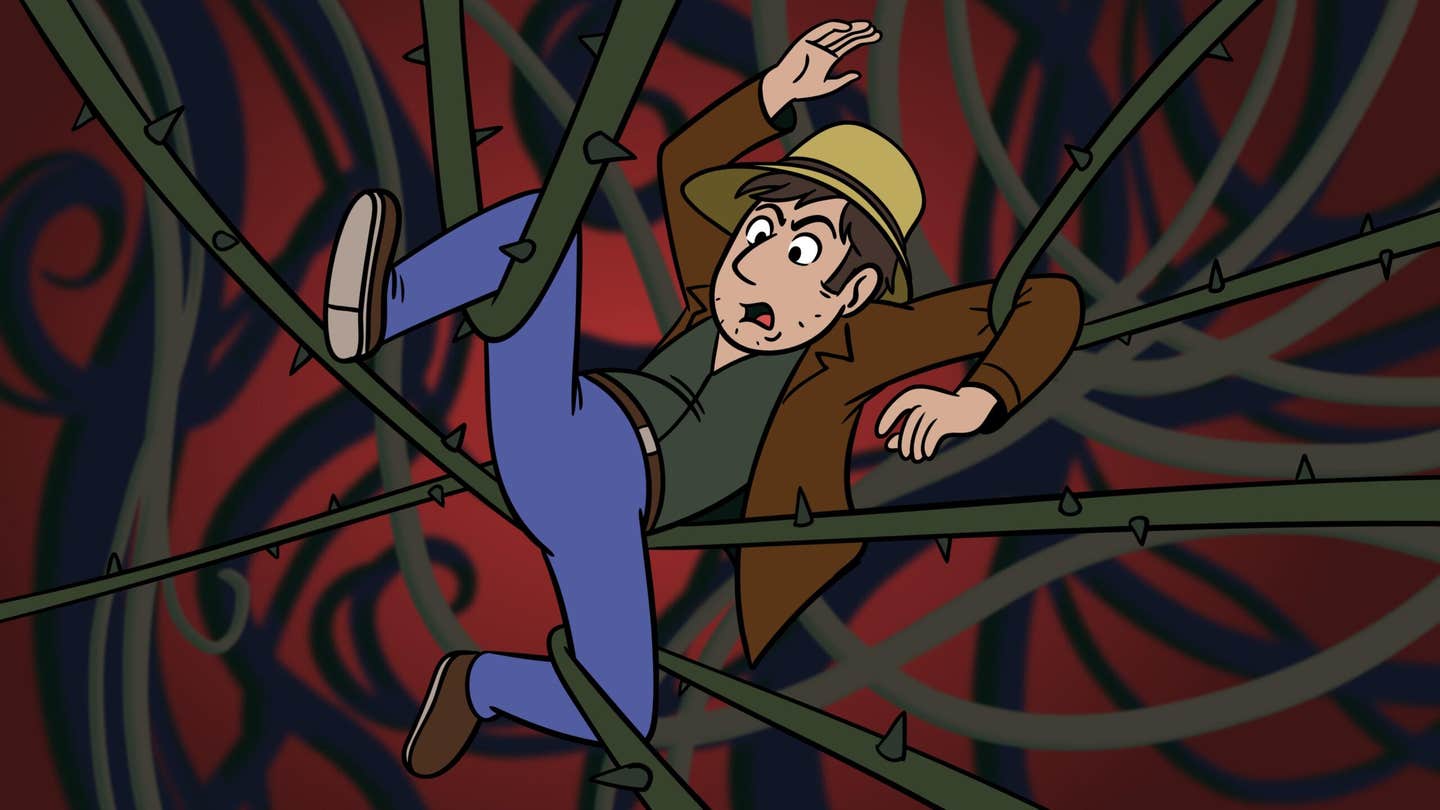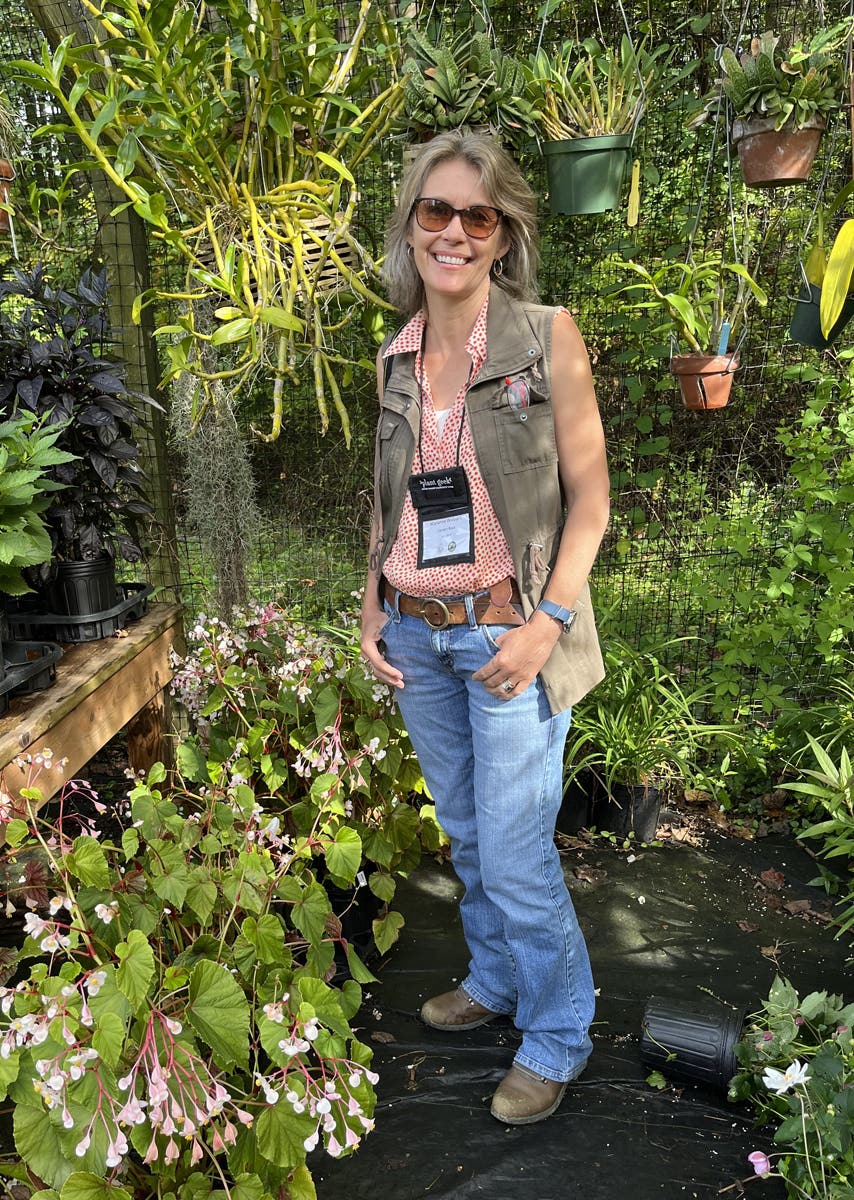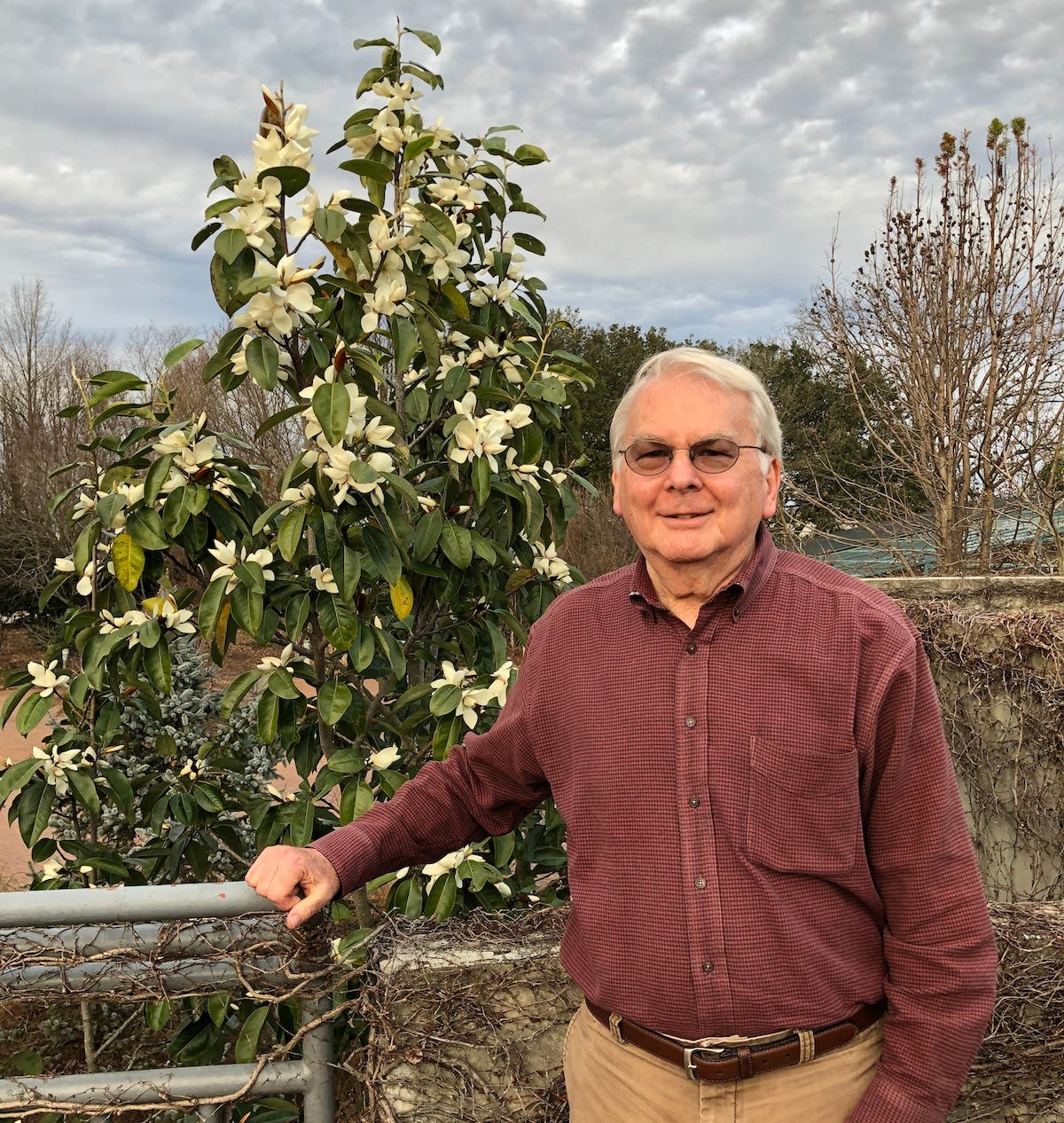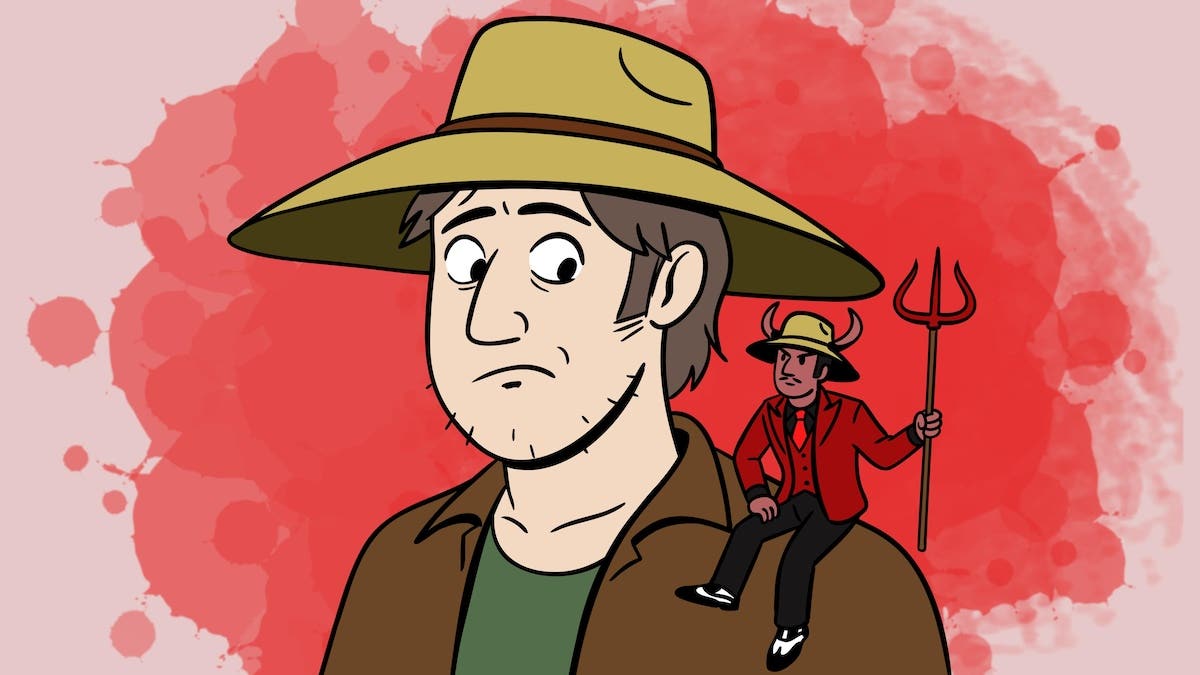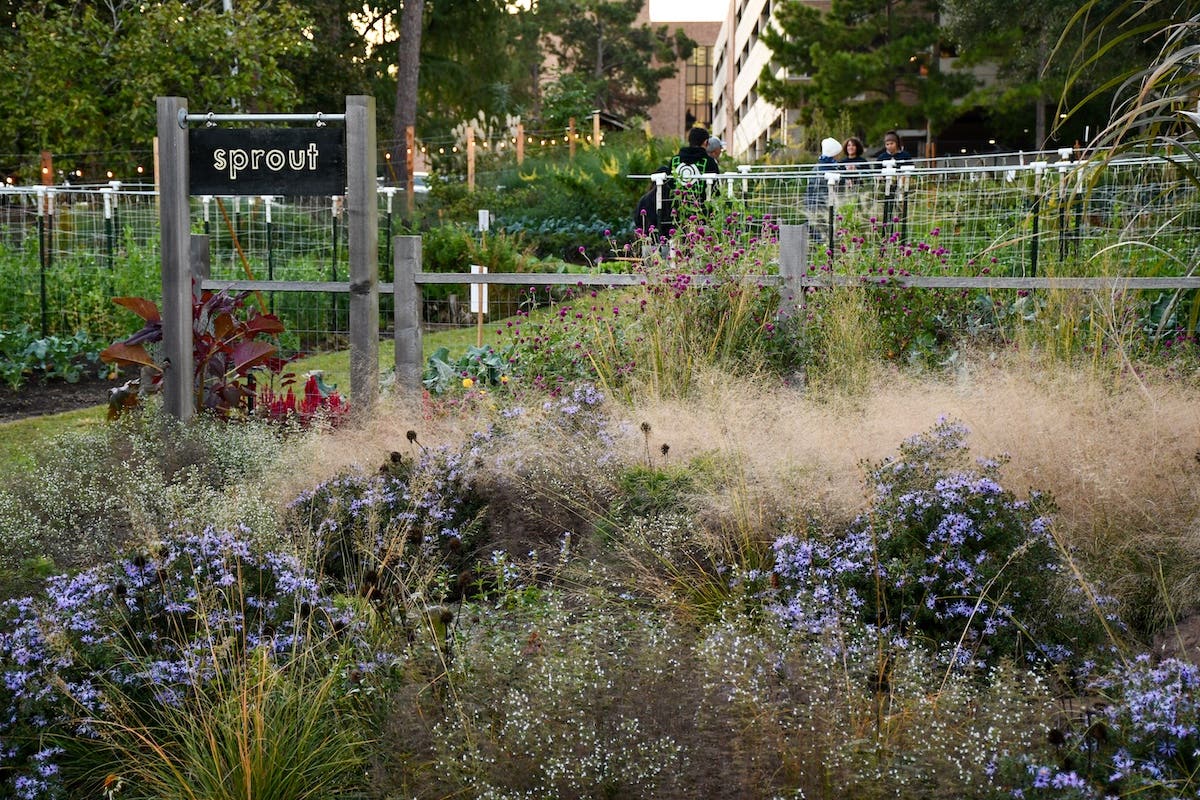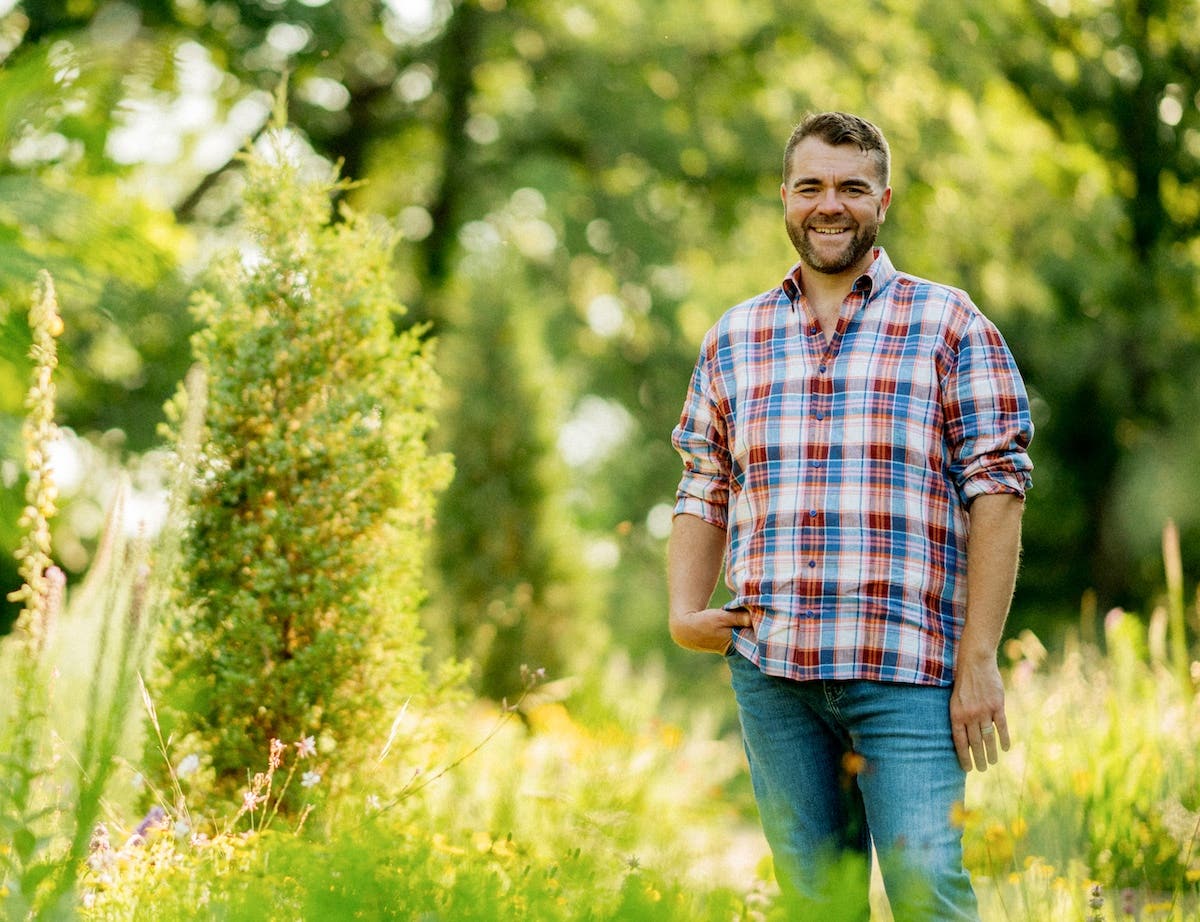Where Do New Plants Come From? A Talk with Hans Hansen
A successful plant breeder explains the process of developing a fresh perennial cultivar for the garden market.
A lifelong plant lover, Hans Hansen followed his passion to a career in plant breeding. He currently serves as Director of New Plant Development at Michigan’s Walters Gardens, Inc., a leading wholesale perennial grower. Through both hybridizing and field work, Hans has introduced hundreds of perennials to the gardening market, including hostas, baptisias, heucheras, hardy hibiscus and other favorites, many released under the Proven Winners brand. In this interview he shares what goes into breeding the plants you see at the garden center.
Scott Beuerlein: How do you choose which plants to work with?
Hans Hansen: I have a list of around 75 to 80 genera I work with. Since I work for a for-profit company, they need to be of significant commercial impact and value.
Related: Check out a couple of Hans’s award-winning hostas, ‘Neptune’ and ‘Mini Skirt’, a cool mangave and his breakthrough astilbe, ‘Dark Side of the Moon’.
SB: Typically, how long is the process from idea to plants on garden center shelves?
HH: It depends on the genus and goal. An extremely fast case would be six years. Typically, perennials take 10 years or longer. If the goal is increased hardiness, it would also depend on getting a winter without snow cover to test a plant’s minimum temperature for survival.
Here’s a condensed version of the process:
- Brainstorm the cross. Ask if there’s a need for a cultivar with characteristics like increased hardiness or better color, habit or health. Is there a viable demand for the plant? (For example, goldenrod (Solidago) remains a hard sell in the US.) Is the nursery crop profitable? (I love trillium and hepatica, but their lengthy production time makes for a poor return on investment.)
- Select parents for the cross. Manipulate the flowers—if the pod parent and pollen parent don’t naturally flower at the same time, one may be forced in a growth chamber, or one delayed in a cooler, or the pollen must be collected and frozen, and so on.
- Pollination: Transfer the pollen; tag the cross; prevent pollen contamination from insects and monitor the pod to collect ripe seed.
- Sow the seed. It might need to be stratified. It must be sowed at the proper time in a controlled greenhouse environment. The seedlings are grown to transplantable size.
- Transplant to the open field and observe. Over the first two years, inferior plants and those that don’t move toward the goal are removed, while the most promising plants are marked as such.
- Trial in a simulated garden setting. The flagged plants are moved to a trial garden alongside their parents and industry-standard cultivars, where observation and evaluation continues.
- Final selections are made, documented and photographed, then examined for viruses and pathogens.
- Propagate the selections by division, cuttings or tissue culture.
- Conduct finish container trials, simulating how a nursery grower would raise the plant. Document the process with details such as container size, potting medium, pinching, etc. If the plant will be produced as a bare-root perennial, conduct field-growing trials.
- Name the plant and begin marketing and promoting it.
- Finally, send starter material to nurseries that will grow the plants to saleable size at garden centers.
SB: It seems like the process of selecting out potential introductions is brutal. The vast majority of seedlings are tossed. That must be hard.
HH: After working with plant breeding for decades, it becomes easier to cull seedlings. We have limited space and time for all the projects, so usually only a handful from a hundred are saved. If a cross is made for variegation and only 5 percent of the seedlings are variegated, 95 percent get discarded from the germination tray.
Those saved go into one-inch cell containers, then they go to the field for two years, and then into comparison trial beds alongside the parents and industry standards. At each stage, fewer and fewer seedlings—if any—make the cut.
However, I do keep plants with important traits even though they’ll never be released to the gardening public. For example, perhaps a plant has an incredible flower color that is a breeding breakthrough for its genus, but it also has a poor habit. That plant would be kept with the hope that its genes for color could be matched up with a plant with a better habit.
SB: As a breeder, it must be a tricky balance between pushing through plants you particularly like and what buyers want.
HH: Exactly. There are firm and fast breeder goals: great foliage, great habit, flower quality, hardiness, ease of propagation and nursery production.
And then there are more difficult goals, like flowering time. It seems plants that are in flower early in the season for Mother’s Day and Memorial Day are more popular than the season extenders that come into flower in September and October, when there are less folks in the garden centers.
Plant height has become more important; wholesale growers prefer the 24-inch-and-under crowd, because more plants can be racked and shipped to garden centers. It is a reality that the three- to five-foot plants that add drama and impact in the garden are harder to move through the system and sell.
SB: How do plants get named?
HH: Most Walters introductions are named by a committee of around a dozen individuals. There are a lot of clever and creative folks involved and we try to fit the plant with a name that suits it. The top names are debated and discussed and ultimately voted on by the committee. Finally, names are researched to ensure that they can be used for the particular plant.
Related: “Plant Names Explained, From Genus to Cultivar to Patent”
SB: Do you ever try to imagine what all these incredible, beautiful plants mean to people’s lives and the moments and stories they create?
HH: I do. I remember taking my family to see a gardening friend who owned a nursery. She didn’t see us arrive, and we got split up. As we were getting ready to leave, she introduced my mom to me and proceeded to tell her about my plants and what she thought was important about them. It made me happy!
I also like the feedback from our sales team when they mention growers that like a plant because it is easier to grow, easier to propagate, is hardier, more disease resistant and has greater customer buy-through.
SB: What are some genera or species from which we can look forward to seeing new and exciting introductions soon?
HH: I continue to work with hostas for interesting and distinct forms and variegation. I’m making progress on complex colors and patterns on hibiscus.
Mangave continues to be a passion of mine. I am working both on hardiness and variegation. I continue to make progress with astilbe better suited to the Midwest climate.
I love peonies and am working primarily on intersectional crosses.
Last but not least, I have a weak spot for native plants and continue to work with them to refine growth habits and forms for the modern gardener. A few examples are Baptisia, Phlox and Monarda. As a hobby in my spare time, I hybridize miniature daffodils and snowdrops (Galanthus).


